So, without further ado, let’s start with our first personality — the silent genius: an attendee who has great ideas or serious concerns, but doesn’t voice them.
Part 1: The Silent Genius
Sometimes, people stay silent because they don’t have anything to contribute to the conversation. Other times, people have ideas or information that would be incredibly valuable, but they keep it to themselves. Great ideas that go unsaid are such a waste of potential.
To understand how to fix this issue, we first need to understand why these people with great ideas stay silent. Some people just naturally avoid conflict. The idea of proposing an alternative perspective intimidates them, so they remain silent.
In other cases, people just aren’t confident enough in their ideas. They fear their ideas will be immediately discounted or even ridiculed. This is especially common in organizations that promote a culture of negativity. Imagine working in an environment where colleagues repetitively shoot down your most ambitious ideas. You wouldn’t be very keen to keep talking, would you?
Organizational structure can also play a role. When executives or management are in the room, attendees may feel it’s not their place to speak up. In contrast, attendees may feel more comfortable sharing ideas in organizations with a flatter organizational structure.
In general, silent attendees are even more likely to remain silent when other strong personalities are in the room. Pair a strong personality with a few silent attendees and you have the recipe for groupthink.
Lessons Learned
A great way to engage silent attendees in a conversation is to gather their input up front before other people have had a chance to voice their opinions. For example, you can schedule individual interviews with certain people before meeting as a group.
If you’re crunched for time, you can still meet as a group, but use a structured facilitation technique such as Note and Vote.
Note and Vote
Highly collaborative exercises like group brainstorming can be challenging if your team hasn’t yet embraced a collaborative culture. The biggest risk of group brainstorming is the possibility that someone with a strong personality will shape others’ ideas and opinions. People who are naturally compelling speakers are better able to sell their ideas, even if their ideas are not necessarily the best ideas.
Note and Vote combines individual brainstorming with voting to take all salesmanship out of brainstorming. It also provides a streamlined way to prioritize ideas. The process is simple:
- Set your session up like you would a normal brainstorming session. Write a problem statement, book a space, and gather materials.
- Give attendees a few minutes to silently and individually brainstorm ideas. They should write each idea on its own post-it note.
- Ask attendees to place their ideas on a whiteboard, without explaining them to the group. If you’re especially concerned about groupthink, shuffle the ideas and place them on the whiteboard yourself. This way, attendees won’t know who wrote which idea.
- Give each attendee a certain number of votes. To force people to prioritize, we recommend giving fewer votes than ideas.
- Attendees vote on their favorite ideas. They can distribute their votes amongst the ideas however they want. For example, if you really like an idea, you can use all five votes on that idea.
You can also rate each idea on certain criteria before voting. For example, you might discuss each idea’s impact on the problem vs the effort to implement it. If you’re doing your Note and Vote session remotely, or don’t want to spend time transcribing all of your post-it notes into a document later, try a digital tool like miro or mural.
Not Into Structured Facilitation?
For less structured meetings, make a habit of keeping tabs on each attendee’s level of participation. Pause the conversation every now and then and ask those who have been silent if they have anything to add.
Remote Participants
It’s worth noting here that remote attendees are much more likely to remain silent if another part of the group is co-located in the same space. In these scenarios, it’s even more important to check in with remote people to see if they have anything to add to the conversation.
 Your new post is loading...
Your new post is loading...
 Your new post is loading...
Your new post is loading...







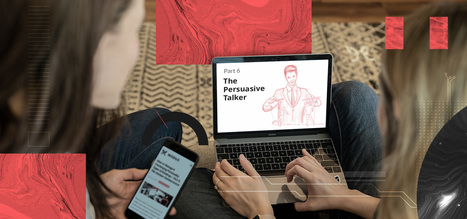

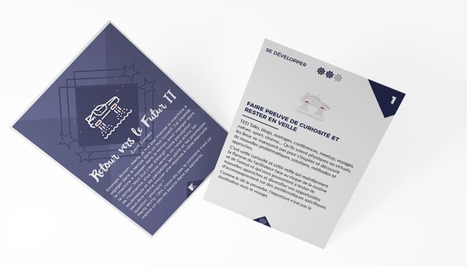
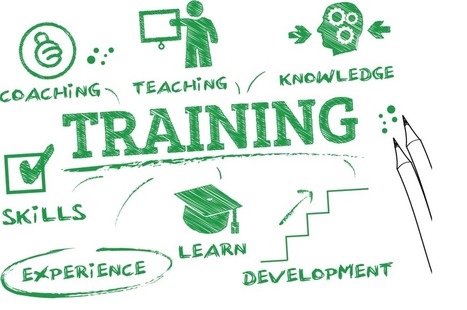


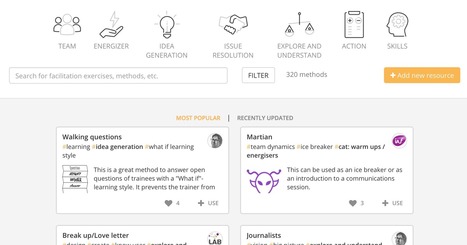

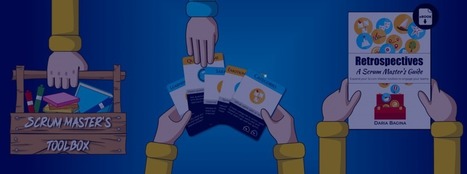
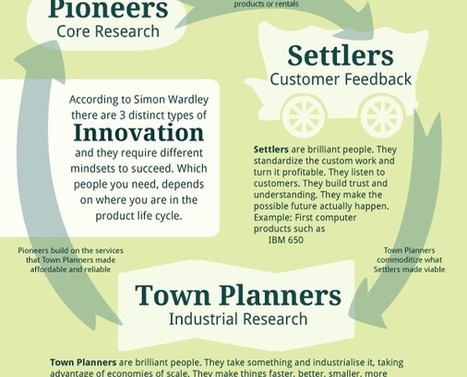



![SOAT Blog » [Atelier] Consensus Workshop : mettons-nous d’accord | Devops for Growth | Scoop.it](https://img.scoop.it/mVnglUy6QNaLVQwp8q2FTzl72eJkfbmt4t8yenImKBVvK0kTmF0xjctABnaLJIm9)








